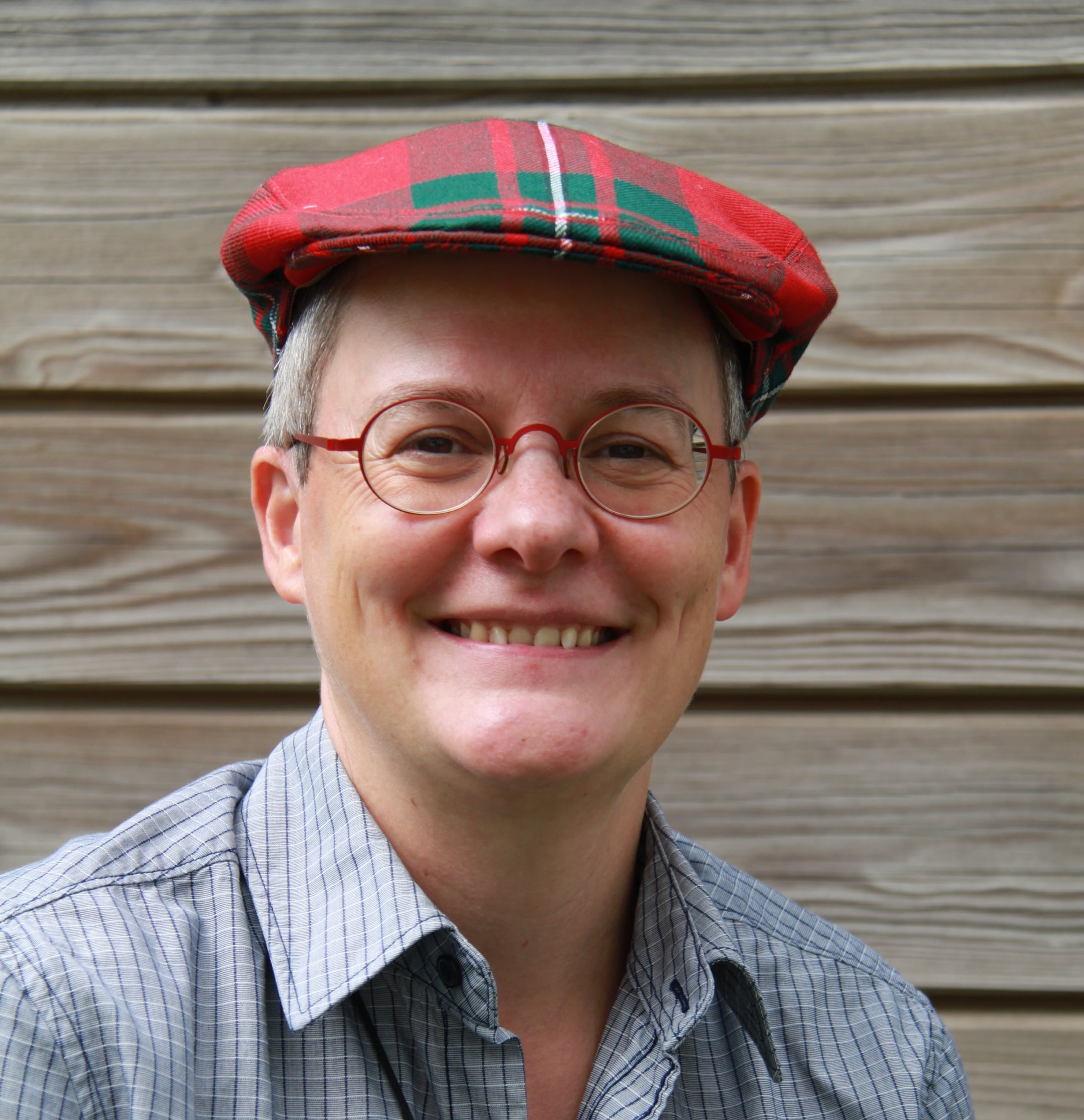

The world is an ever-changing place, and so are the semantics we use. Words that meant one thing at a certain period of time may come to mean something else, or alternatively, vocabulary that was perfectly acceptable in the past, may have obtained a new connotation, either positive or negative. Two easy examples are the words ‘gay’ and ‘queer’. It is safe to assume that our ancestors would think of something completely different when talking about a ‘gay encounter’. The same goes for a ‘queer look’. Both words are now firmly part of the LGBTQIA+ community. This ever-increasing acronym is a fairly recent addition to the English language, as some dictionaries did not even list it in the early 2000s.
Another example is a word hurled as the greatest insult by one side and worn as a badge of honour by the receiving party. Whereas ‘woke’ used to be simply the past tense of ‘wake’, some dictionaries thankfully provide a more helpful description of its current meaning: ‘aware, esp. of social problems such as racism and inequality’. It is not just adjectives or nouns which can obtain a new or additional meaning. After all, who was this illustrious ‘Karen’ whose name is now synonymous with a privileged, narrow-minded, rather inflammable individual?
Just as lexicographers have to adapt and keep up with a growing and changing vocabulary, so do the editors of the Yearbook of International Organizations. Part of the different volumes of the Yearbook is ‘Volume 3: Global Actions Network – A Subject Directory and Index’. In short, associations are no longer listed alphabetically, but instead are organized via subjects. Subjects are subdivided into levels, with a ‘parent’ level heading a certain theme. To give a few examples: ‘Xenophobia’ falls under ‘Societal problems’; ‘Old’ is ultimately listed under ‘Society’. Like the organizations’ database itself, this is quite obviously a living entity and adjustments and additions are necessary from time to time. Linking a new or changed subject to a database containing over 70,000 organizations is a work in progress.
One of those additions came in 2018, when the organization previously named Handicap International decided to alter its title. This was long overdue. After all, by then, ‘handicap’ already had a distinctly archaic and negative ring to it. Its successor, ‘disability’, is currently weathering the storms. But Handicap International became ‘Humanity & Inclusion’. In contrast, ‘Inclusion International’, an organization previously called ‘International League of Societies for the Mentally Handicapped’ already opted for the word ‘inclusion’ as early as 1994. Its regional entity in Europe took another six years to follow suit.
The word ‘inclusion’ has as many supporters as it has adversaries. The reason for this is because its definition is delightfully ‘elusive’. The original and first dictionary definition of ‘inclusion’ reads: the act of including someone or something in a larger group or set. A second definition is nowadays added in most dictionaries: the fact or policy of providing equal opportunities and resources for people who might otherwise not get them, for example people who are disabled or belong to minority groups (Oxford Dictionary); the idea that everyone should be able to use the same facilities, take part in the same activities, and enjoy the same experiences, incl. people who have a disability or other disadvantages (Cambridge Dictionary). This broad designation, however, meant that the UIA staff member responsible for adding the subject to the database was confronted with the tricky issue of filing it under the right ‘parent’. Anno 2025, ‘social inclusion’ is found under ‘Society’, whereas ‘inclusion’ is listed under ‘Integration’.
The number of organizations in the Yearbook of International Organizations linked to this subject is still modest. There are various reasons for this, but two are readily identifiable. Firstly, it is still a very young subject, so it needs to grow. But secondly and equally, if not more importantly, very few organizations actively work for inclusion. On the contrary, most associations tend to have a work ethos designed on exclusion, usually by necessity, though occasionally as a less desired by-product. The first category of ‘exclusive’ organizations, for example, are the hundreds of organizations acting on behalf of people with a rare disease. Understandably, their exclusive focus is on these patients and their families, raising awareness and improving their lives. Among the second group are some conservation agencies, which – in their attempt to protect a thing of beauty (whether manmade or part of the natural world) – exclude others in order to do so.
Naturally, organizations such as Humanity & Inclusion and Inclusion International are advocates for a group of people too. Yet their goals most narrowly mirror the definitions stated earlier: for people with a disability, mental or physical, to have the same access to society as everybody else. In other words: a world which includes everyone, no matter gender, ability, colour, creed, sexual orientation, age, or whatever can be discriminated against. The United Nations calendar calls for awareness for several of these topics, e.g. Women (8 March), Racial Discrimination (21 March), Older Persons (1 October) and Persons with Disabilities (3 December). The UN obviously celebrates a Human Rights Day (10 December).
Yet inclusion is not merely about rights. It is also about acceptance, equality and the freedom to be whoever one happens to be. It is therefore both wonderful yet also a little tragic that a ‘World Inclusion Day’ is necessary. As this day is not on the official UN calendar, it is a small foundation called the Garden Foundation who took it upon them to organize this event. After all, as long as discrimination exists and until ‘Humanity & Inclusion’ becomes a tautology at long last, the world needs it as a reminder of humankind’s diversity.
So mark your diary for 10 October and celebrate the unique potential of every individual on this colourful globe.
Issue #19 – October 2025